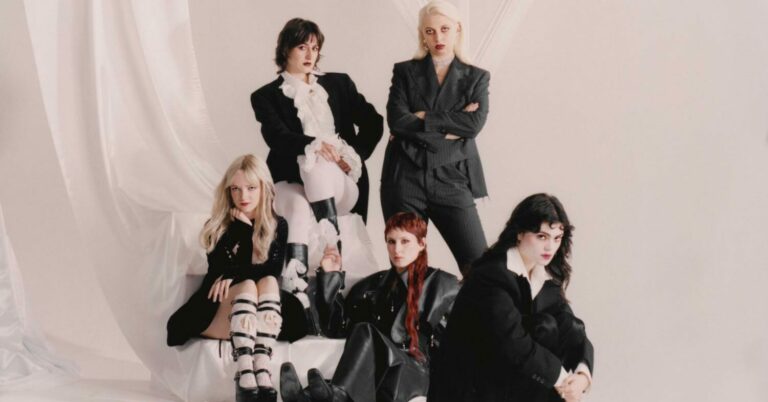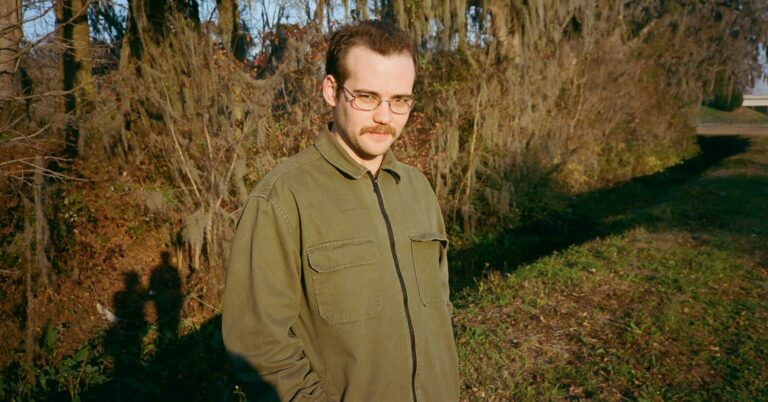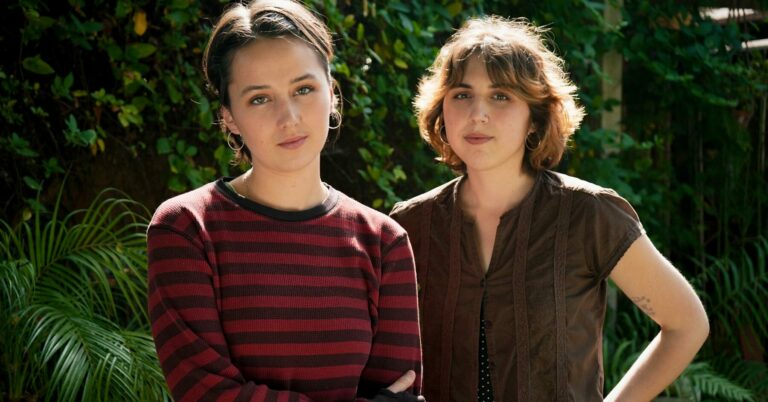Creating outstanding music requires a blend of creativity, skill, and persistence. Whether you’re a seasoned musician or just starting, there are several key principles to keep in mind that can help elevate your music from good to great. Here’s a guide to help you on your journey to crafting exceptional music.
-
Master the Basics of Music Theory and Composition
Understanding the fundamentals of music theory is essential for creating outstanding music. Learning about scales, chords, and rhythm gives you a solid foundation to build upon. Knowing how to construct a melody, create harmonies, and use dynamics effectively allows you to write music that is both technically sound and emotionally engaging. While creativity often involves breaking the rules, having a firm grasp on these basics will make you a more versatile musician.
-
Develop Your Unique Sound
Outstanding music often stands out because it has a distinctive sound that sets it apart from the rest. To develop your unique sound, experiment with different genres and musical elements. Don’t be afraid to mix and match styles or instruments that might not traditionally go together. Use your influences as a springboard, but always aim to put your unique spin on what you create. Over time, these choices will coalesce into a signature sound that is unmistakably yours.
-
Invest in Quality Equipment and Software
High-quality equipment and software can make a significant difference in the production of your music. Investing in good instruments, microphones, and recording gear ensures that you can capture your sound accurately. In addition, digital audio workstations (DAWs) like Logic Pro, Ableton Live, and FL Studio provide powerful tools for music creation and editing. For inspiration and to expand your sound palette, consider using resources like unison audio, which offers unique samples and MIDI packs that can help you refine your sound and add professional polish to your music.
-
Pay Attention to Arrangement and Production
An outstanding piece of music isn’t just about great melodies and lyrics; it’s also about how these elements are arranged and produced. Think about the dynamics, pacing, and flow of your track. Each section of your music should build upon the last, creating a sense of journey for the listener. Experiment with different arrangements and production techniques to find what best enhances your song’s emotional impact.
-
Focus on Emotional Authenticity
At its core, music is about conveying emotion. To create outstanding music, you need to connect with your listeners on a deep, emotional level. Write lyrics that are honest and true to your experiences. Use your instruments and vocal delivery to convey the right mood and feelings. Authenticity resonates with listeners and can transform a good song into a great one.
-
Continuously Learn and Grow
Finally, remember that the journey to creating outstanding music is ongoing. Stay curious and open to learning new techniques and exploring different musical styles. Collaborate with other musicians, take feedback constructively, and always push yourself to improve. The more you expand your skills and knowledge, the more depth and quality you’ll bring to your music.
By mastering the basics, developing a unique sound, investing in quality tools, paying attention to arrangement and production, focusing on emotional authenticity, and committing to continuous learning, you’ll be well on your way to creating music that stands out. Keep creating, and let your passion for music guide you to new heights.











